Understanding Cup Size Changes After Breast Reduction in Mexico
.jpg)
Embarking on a breast reduction journey in Mexico is a significant decision, often driven by a desire for improved comfort, reduced physical strain, and a more balanced silhouette. One of the most common questions prospective patients have is, "What cup size can I expect after a breast reduction in Mexico?"
The answer, while not a one-size-fits-all number, is deeply personal and depends on a collaborative discussion between you and your chosen surgeon. Generally, patients aim for a cup size that is proportionate to their body, often ranging from a B to a D cup, moving away from significantly larger sizes that cause discomfort.
Deciding on your ideal breast size involves more than just a cup letter; it encompasses your overall body frame, aesthetic preferences, and the amount of tissue that can safely be removed to achieve a natural, harmonious result. Mexico has become a highly sought-after destination for breast reduction surgery due to its combination of experienced, board-certified surgeons, state-of-the-art facilities, and competitive pricing.
This makes achieving your desired breast size and alleviating physical discomfort both accessible and affordable for many international patients. Let's delve deeper into what you can truly expect from a breast reduction in Mexico.
How is the target cup size determined for breast reduction?
Determining the target cup size is a crucial step in the breast reduction process. It's not simply about picking a number; it's a nuanced discussion that takes into account several factors unique to you. Your surgeon will thoroughly evaluate your current breast size, shape, skin elasticity, and overall body frame.
They will also listen intently to your personal goals and concerns. Are you seeking relief from back pain, neck pain, or shoulder grooves? Do you want to wear clothes more comfortably, or achieve a specific aesthetic look? During the consultation, your surgeon may use visual aids, such as before-and-after photos of previous patients, to help you visualize potential outcomes.
They will explain what is realistically achievable given your anatomy, ensuring that the reduction provides both significant physical relief and a balanced appearance. The aim is always to create breasts that are in proportion with your chest and hips, enhancing your overall body contour rather than just focusing on a specific cup letter. This personalized approach ensures that the final result aligns with your expectations and provides lasting satisfaction.
Are there factors that influence the final breast size?
The final outcome of your breast reduction, including the resulting cup size, is influenced by a combination of individual characteristics and surgical choices. Understanding these factors can help manage expectations. Here are the key influences:
- Original Breast Size and Tissue Density: Larger breasts with dense tissue allow for more significant reduction. The amount of glandular tissue versus fatty tissue can also affect how much can be removed while maintaining shape.
- Body Frame and Proportions: A surgeon will strive for a size that is aesthetically balanced with your height, shoulder width, and hip circumference. A smaller frame may necessitate a smaller final cup size for optimal proportion.
- Skin Elasticity: Good skin elasticity is vital for the breasts to reshape well and maintain their lifted appearance after tissue removal. Poor elasticity might limit the extent of reduction to avoid sagging.
- Patient Preferences: Your desired outcome is paramount. While surgeons provide guidance, your personal aesthetic goals play a significant role in determining the target size within safe and realistic limits.
- Surgical Technique: Different breast reduction techniques (e.g., vertical scar, inverted T) may have slight variations in how they allow for shaping and reduction, though experienced surgeons can achieve excellent results with various methods.
- Healing and Swelling: Initial swelling after surgery can make breasts appear larger than their final size. It can take several months for all swelling to subside and for the final results to become apparent.
What are the benefits of choosing Mexico for breast reduction?
Mexico has emerged as a leading destination for medical tourism, particularly for plastic surgery procedures like breast reduction. The benefits extend beyond just cost savings, offering a comprehensive package that attracts thousands of patients annually. Key benefits of opting for a breast reduction in Mexico include:
- Cost-Effectiveness: This is often the primary driver. Breast reduction surgery in Mexico can be significantly more affordable than in the United States or Canada, without compromising on quality. This allows many patients to access a life-changing procedure that might otherwise be financially out of reach.
- High-Quality Medical Care: Many Mexican surgeons are board-certified, trained in top international institutions, and specialize in cosmetic procedures. Clinics and hospitals catering to international patients often boast state-of-the-art technology, modern infrastructure, and adhere to strict international safety and hygiene standards.
- Experienced Surgeons: Due to the high volume of international patients, Mexican plastic surgeons often have extensive experience performing breast reduction surgeries, refining their techniques and expertise.
- Accessibility and Convenience: For patients in the U.S. and Canada, Mexico is easily accessible by air or land, reducing travel time and costs. Many cities near the border or popular tourist destinations have robust medical tourism infrastructures.
- Discreet Recovery: Patients can combine their surgery with a recovery period in a private, relaxing environment, away from their usual routines and commitments.
How much does a breast reduction typically cost in Mexico?
The cost of breast reduction surgery in Mexico is one of its most attractive aspects, often being a fraction of the price found in many Western countries. While exact figures vary, understanding the typical range and what factors influence it can help you budget effectively. Here's a breakdown of average costs and influencing factors:
| Cost Component | Typical Range (USD) | Notes |
|---|---|---|
| Surgeon's Fee | $2,500 - $5,000 | Varies based on experience, reputation, and location. |
| Anesthesia Fee | $500 - $1,000 | Determined by the anesthesiologist and duration of surgery. |
| Facility Fees | $1,000 - $2,000 | Covers operating room, equipment, and nursing staff. |
| Pre- & Post-Op Care | Often included | Consultations, follow-up appointments, and garments. |
| Total Estimated Cost | $4,000 - $8,000 | Excludes travel, accommodation, and personal expenses. |
Compared to average costs ranging from $6,000 to $10,000 or more in the United States, Mexico offers substantial savings. It's crucial to obtain a detailed quote that outlines all costs involved to avoid any surprises. Reputable clinics will provide transparent pricing that typically includes surgeon's fees, anesthesia, facility charges, and some post-operative care.
What is the recovery like after breast reduction surgery in Mexico?
The recovery process after breast reduction surgery is a gradual one, requiring patience and adherence to your surgeon's post-operative instructions. While initial discomfort is expected, proper care can significantly contribute to a smooth and successful recovery. Here's a general timeline and what to expect:
- Immediately After Surgery: You'll likely experience soreness, swelling, and bruising. Pain medication will be prescribed to manage discomfort. Drains may be placed temporarily to prevent fluid accumulation. You'll need assistance for the first 24-48 hours.
- First Week: The most significant swelling and discomfort will occur. You'll need to wear a surgical bra or compression garment continuously to support the breasts and aid healing. Avoid raising your arms above shoulder height or engaging in strenuous activities. Most patients can return to light, non-strenuous activities.
- Weeks 2-4: Swelling and bruising will gradually subside. Stitches may be removed or dissolve on their own. You can typically return to desk work or light chores, but heavy lifting and vigorous exercise are still prohibited. Your surgeon will advise on scar care.
- Weeks 4-6 and Beyond: Most of the initial recovery is complete. You can usually resume most normal activities, including moderate exercise, as cleared by your surgeon. It can take several months for all residual swelling to resolve and for the final shape and size of your breasts to become apparent. Scarring will continue to mature and fade over a year or more.
Many patients choose to stay in Mexico for a week or two after surgery to facilitate early recovery under their surgeon's guidance and away from the demands of daily life.
How long do breast reduction results last?
One of the most appealing aspects of breast reduction surgery is the durability of its results. Once excess tissue and skin are removed, the reduction in size is permanent. However, it's important to understand that while the "reduction" itself is lasting, the appearance of your breasts can still be influenced by various natural life events and processes. Factors that can subtly change breast reduction results over time include:
- Aging: As with any part of the body, the skin and underlying tissues of the breasts will naturally lose elasticity and succumb to gravity over time, which can lead to some degree of sagging.
- Significant Weight Fluctuations: Major weight gain or loss can affect breast size and shape. Breast tissue contains fat, so changes in body weight can lead to corresponding changes in breast volume. Maintaining a stable weight after surgery is crucial for preserving your results.
- Pregnancy and Breastfeeding: Hormonal shifts and the physical changes associated with pregnancy and breastfeeding can cause breasts to enlarge and potentially sag. If you plan to have children, it's often recommended to postpone breast reduction until after your family is complete.
- Hormonal Changes: Menopause or other significant hormonal shifts can also cause changes in breast tissue and density, potentially altering the shape and feel of the breasts over many years.
Despite these influences, the core benefit of reduced weight and size will remain, providing continued relief from the original discomforts. Following a healthy lifestyle and maintaining a stable weight are the best ways to prolong and optimize your breast reduction results.
Will I still be able to breastfeed after a breast reduction?
For many women, the ability to breastfeed is a significant concern when considering breast reduction surgery. The truth is, while some women can successfully breastfeed after the procedure, it is not always possible, and the capacity may be diminished. Here's why:
- Damage to Milk Ducts: Breast reduction surgery involves removing breast tissue and often repositioning the nipple. During this process, some milk ducts, which are essential for transporting milk to the nipple, may be cut, damaged, or entirely removed.
- Surgical Techniques: The specific surgical technique used can influence the likelihood of retaining breastfeeding ability. Techniques that involve detaching and reattaching the nipple (e.g., free nipple graft for very large reductions) are more likely to impact milk production and sensation. Techniques that keep the nipple attached to its blood and nerve supply are generally more favorable for potential breastfeeding.
- Nipple Sensation: Changes in nipple sensation can also affect breastfeeding, as the suckling reflex plays a crucial role in milk let-down.
It is essential to discuss your desire to breastfeed with your surgeon during the initial consultation. They can explain the implications of different surgical approaches and provide a realistic assessment based on your individual case. If future breastfeeding is a high priority, some surgeons may recommend alternative techniques or advise waiting until you have completed your family. While not guaranteed, many women who prioritize it still try and some are successful, often with support from lactation consultants.
What are the potential risks and complications of breast reduction?
Like any surgical procedure, breast reduction carries potential risks and complications. While serious complications are rare, it's crucial to be aware of them to make an informed decision. Choosing a highly qualified and experienced surgeon in an accredited facility in Mexico significantly minimizes these risks. Potential risks include:
- Infection: Though antibiotics are often prescribed, infection at the incision sites is a possibility.
- Bleeding/Hematoma: Accumulation of blood under the skin, which may require drainage.
- Adverse Reaction to Anesthesia: General anesthesia carries inherent risks, which will be discussed by your anesthesiologist.
- Changes in Nipple Sensation: Reduced or increased sensitivity, or even complete loss of sensation in the nipples, can occur. This is often temporary but can be permanent.
- Asymmetry: While surgeons strive for symmetry, some degree of difference in breast size or shape can occur post-surgery.
- Scarring: Breast reduction involves incisions, which will result in permanent scars. Surgeons will place them strategically to be as inconspicuous as possible, but their visibility varies by individual healing and skin type.
- Fat Necrosis: This occurs when fatty tissue dies, potentially leading to hard lumps under the skin.
- Loss of Nipple/Areola: Extremely rare, especially with modern techniques, but possible if blood supply to the nipple is compromised, typically only in very large reductions requiring a free nipple graft.
- Delayed Healing: Some areas of the incision may take longer to heal, particularly if there are issues like smoking or poor overall health.
Your surgeon will discuss all potential risks thoroughly during your consultation and provide instructions on how to minimize them.
How do I choose a qualified surgeon for breast reduction in Mexico?
Selecting the right surgeon is arguably the most critical step in ensuring a safe and successful breast reduction in Mexico. With many options available, knowing what to look for can help you make an informed decision. Here are key criteria for choosing a qualified surgeon:
- Board Certification: Ensure the surgeon is board-certified by a recognized plastic surgery board in Mexico (e.g., Consejo Mexicano de Cirugía Plástica Estética y Reconstructiva - CMCPER). This indicates they have met rigorous standards of training, expertise, and ethics.
- Experience and Specialization: Look for a surgeon with extensive experience specifically in breast reduction surgery. Ask about their track record, the number of procedures performed, and their preferred techniques. Reviewing before-and-after photos of their previous breast reduction patients is essential.
- Accredited Facility: Confirm that the surgical facility where the procedure will take place is accredited by recognized national or international organizations. This ensures high standards of safety, hygiene, and emergency preparedness.
- Patient Testimonials and Reviews: Seek out reviews and testimonials from previous patients. Platforms like Google Reviews, RealSelf, or specialized medical tourism sites can provide insights into other patients' experiences with the surgeon and clinic.
- Clear Communication: The surgeon and their staff should be able to communicate clearly and answer all your questions comprehensively, preferably in your native language or with excellent translation services. They should make you feel comfortable and understood.
- Comprehensive Consultation: A thorough consultation should involve a detailed medical history, physical examination, discussion of your goals, explanation of the procedure, potential risks, and post-operative care.
What initial steps are involved in planning breast reduction surgery in Mexico?
Planning your breast reduction surgery in Mexico requires careful organization to ensure a smooth and successful experience. It's more than just booking a flight; it involves several key initial steps. Here’s how to begin your planning:
- Research and Select a Surgeon/Clinic: Start by researching reputable surgeons and clinics specializing in breast reduction in Mexico. Utilize online resources, patient testimonials, and medical tourism facilitators. Pay close attention to board certifications, facility accreditations, and the surgeon's experience.
- Virtual Consultation: Once you've shortlisted potential surgeons, schedule virtual consultations. These allow you to discuss your goals, ask questions, and gauge the surgeon’s communication style and expertise from the comfort of your home. Be prepared to share photos of your breasts to aid the assessment.
- Medical Evaluation and Candidacy: Your chosen surgeon will require a thorough medical history and possibly pre-operative tests to ensure you are a suitable candidate for surgery. This may include blood tests, a mammogram, and a general health check-up. Be transparent about your health conditions and medications.
- Financial Planning: Obtain a detailed quote from the clinic that outlines all costs, including surgeon's fees, anesthesia, facility fees, and post-operative garments. Factor in additional expenses for travel, accommodation, food, and a companion if needed.
- Travel and Accommodation Planning: Once your surgery date is confirmed, arrange your flights and accommodation. Consider booking a recovery-friendly hotel or a private recovery suite. Plan for a stay of at least 7-14 days to allow for initial recovery and post-operative checks before traveling home.
- Pre-Operative Instructions: Your surgeon will provide specific instructions to follow in the weeks leading up to your surgery, such as stopping certain medications or supplements, quitting smoking, and making dietary adjustments. Adhering to these is crucial for your safety and recovery.
What should I pack for breast reduction surgery in Mexico?
Packing smartly for your breast reduction surgery in Mexico can significantly enhance your comfort and ease during the recovery period. Remember, you'll be limited in your arm movements for a while, so practicality is key. Here’s a checklist of essential items to pack:
- Loose-Fitting, Front-Buttoning Clothing: This is crucial as you won't be able to lift your arms easily. Think button-up shirts, zip-up hoodies, and loose-fitting pants or dresses. Soft, breathable fabrics like cotton are ideal.
- Comfortable Slip-On Shoes: Avoid anything with laces or buckles that require bending down. Sandals, slip-on sneakers, or loafers are perfect.
- Personal Hygiene Items: Bring your preferred toothbrush, toothpaste, gentle soap, shampoo, and deodorant. Consider unscented products to avoid irritation. Pack soft towels if not provided.
- Entertainment: Books, e-readers, tablets, headphones, and chargers will be invaluable during your downtime. Ensure you have downloaded movies or shows as Wi-Fi might not always be reliable.
- Important Documents: Passport, visa (if required), medical records (copies), insurance information, surgeon’s contact details, and any pre-op instructions. Keep these easily accessible.
- Prescribed Medications & Supplements: Bring any medications you regularly take, along with a list for your surgeon. Also, pack any post-operative medications prescribed by your Mexican surgeon.
- Comfort Items: A small, soft pillow for car rides, a cozy blanket, and perhaps a sleep mask or earplugs can make your recovery more comfortable.
- Snacks and Hydration: While hotels provide food, having some of your favorite non-perishable snacks, herbal teas, or a reusable water bottle can be comforting.
- Compression Garments: Your surgeon will likely provide one, but it's often helpful to have an additional comfortable, supportive, front-closure bra if cleared by your surgeon for later use.
- Chargers and Adapters: Don't forget chargers for all your electronic devices. Check if Mexico uses different plug types than your home country and pack an adapter if necessary.
Remember to pack light enough to manage your luggage easily, as you won't be able to lift heavy bags after surgery.
Ready to explore your options for breast reduction or other healthcare services? Visit PlacidWay today to connect with top-tier medical providers and find solutions tailored to your needs.


.png)
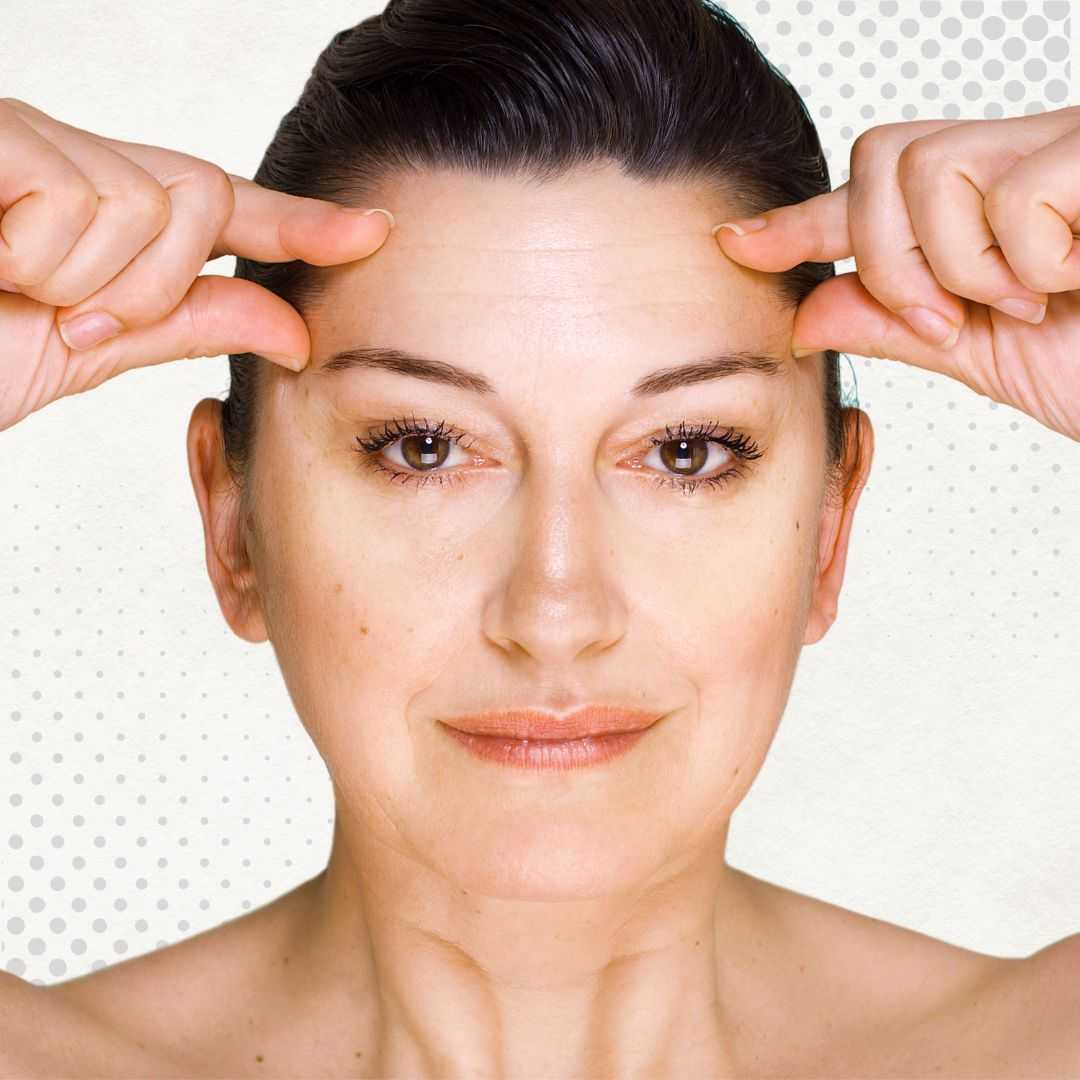
.jpg)
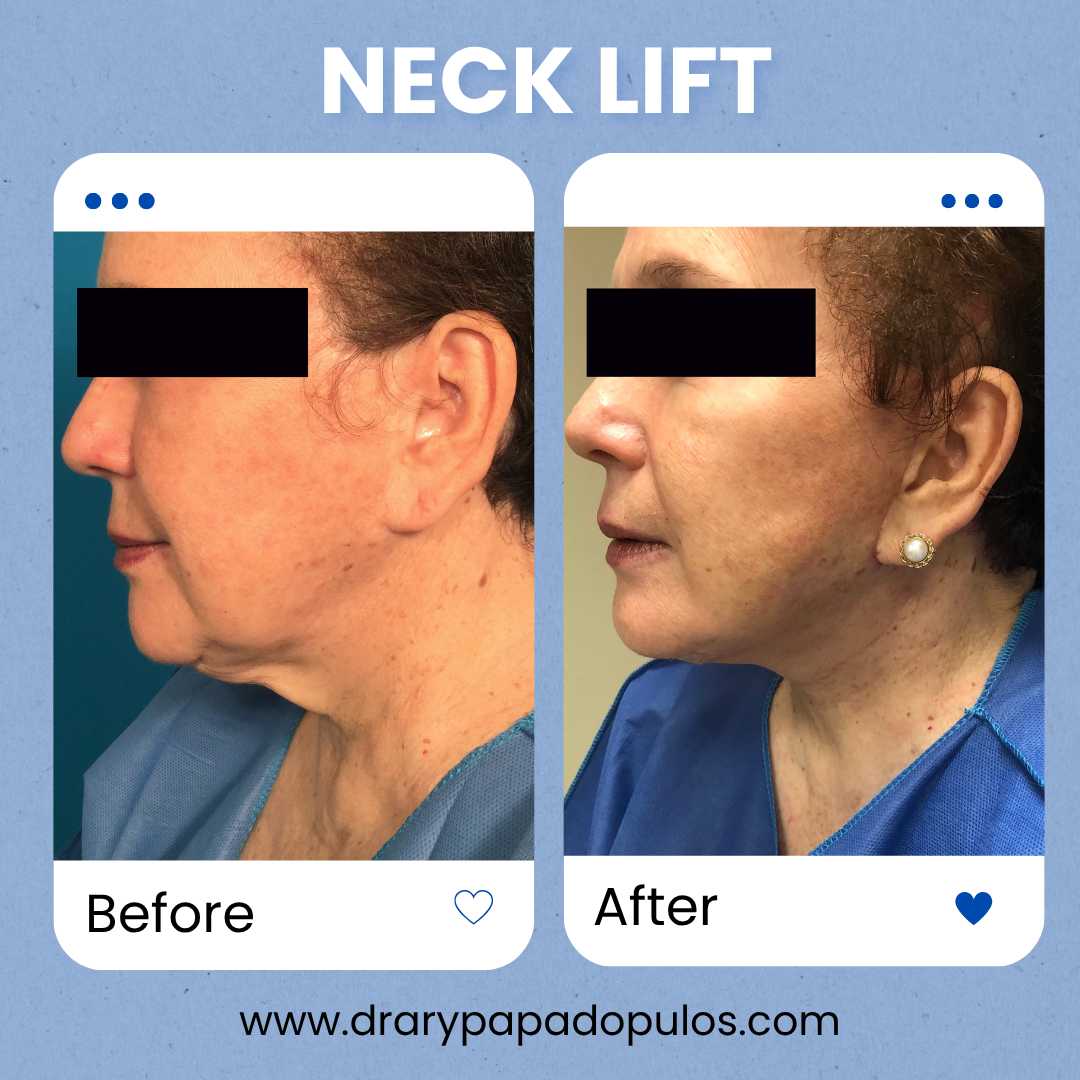


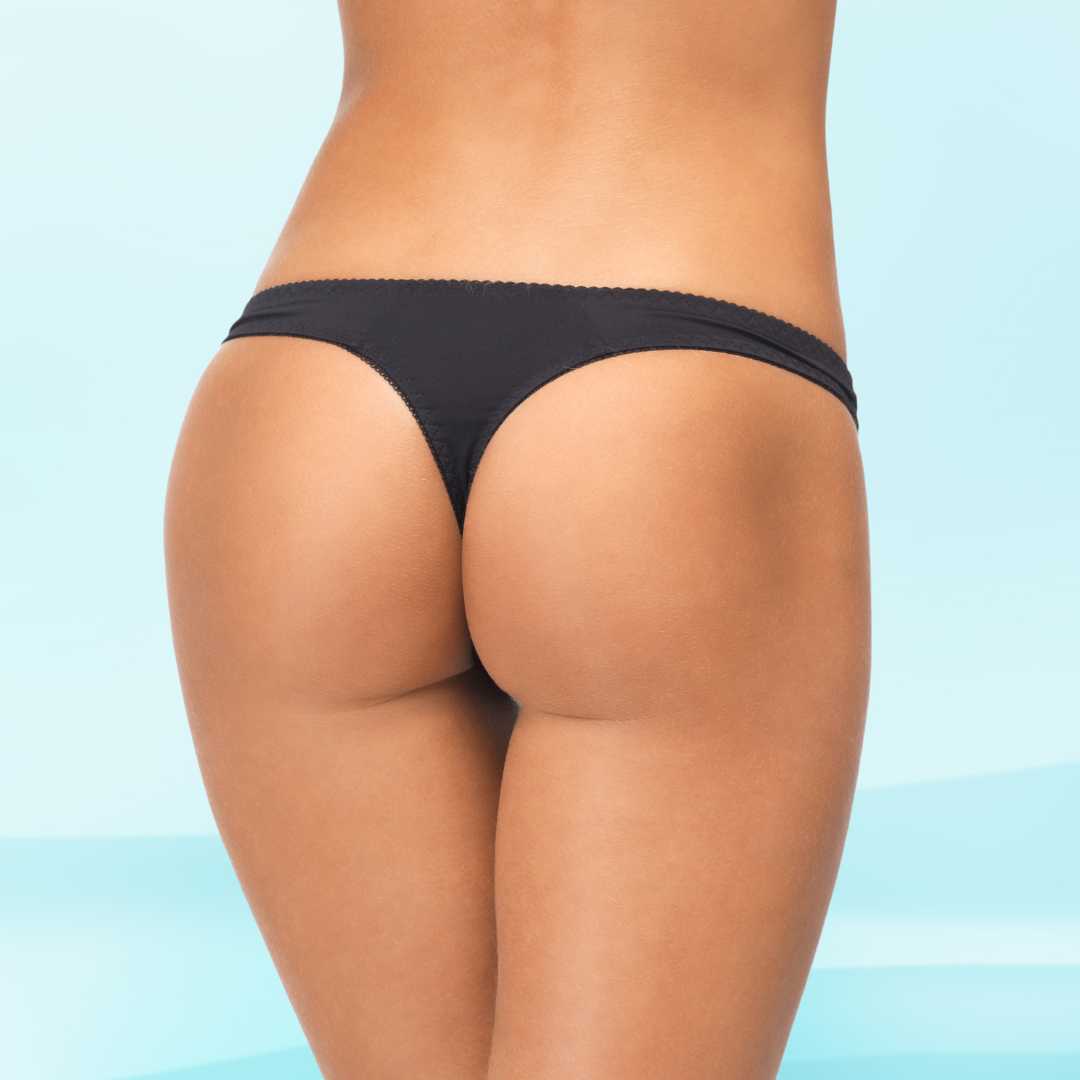
-for-Vancouver-Patients-in-Guadalajara,-Mexico.jpg)



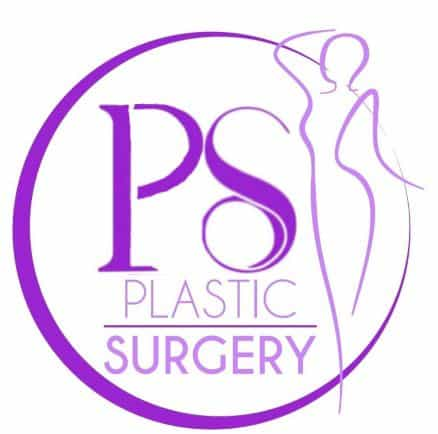
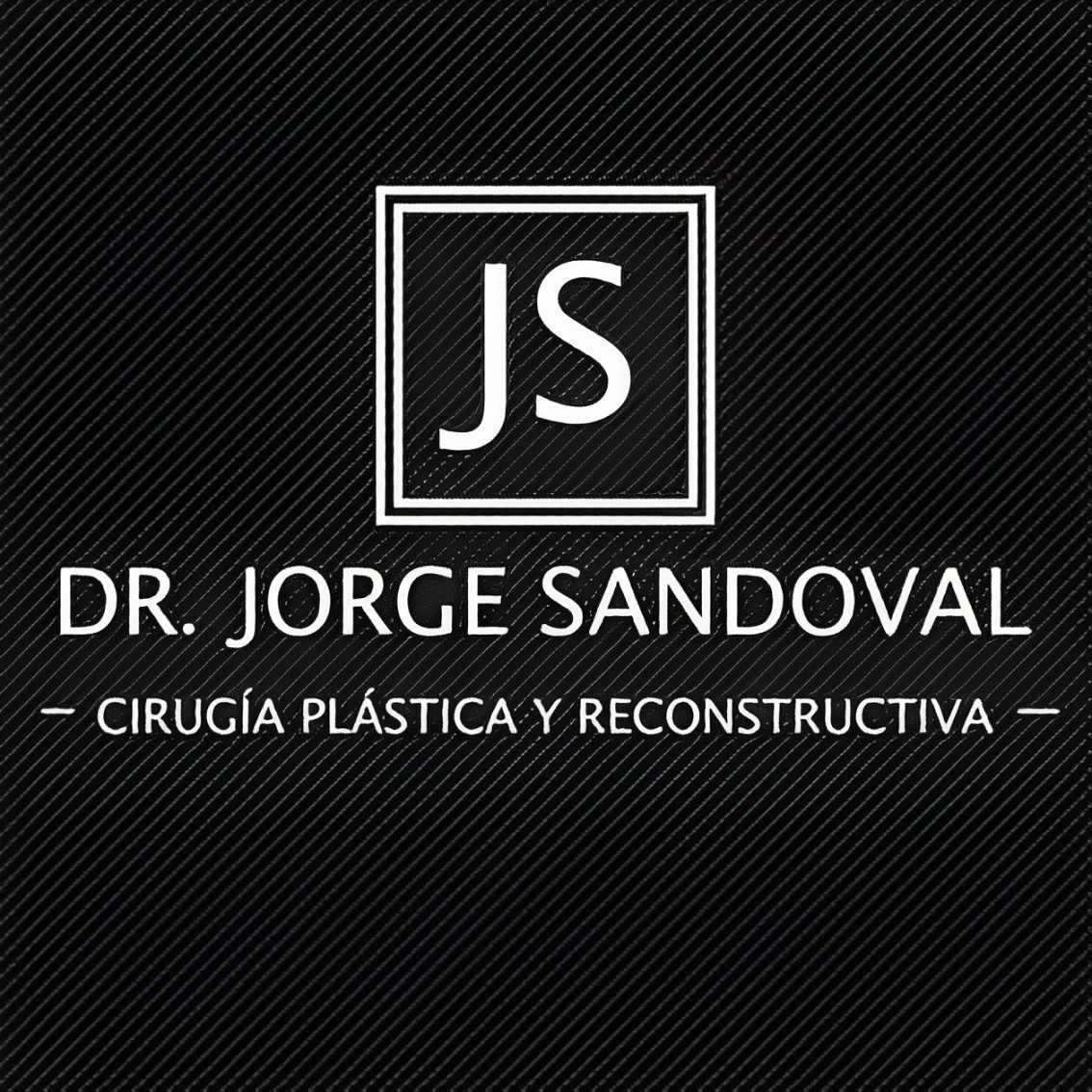


Share this listing